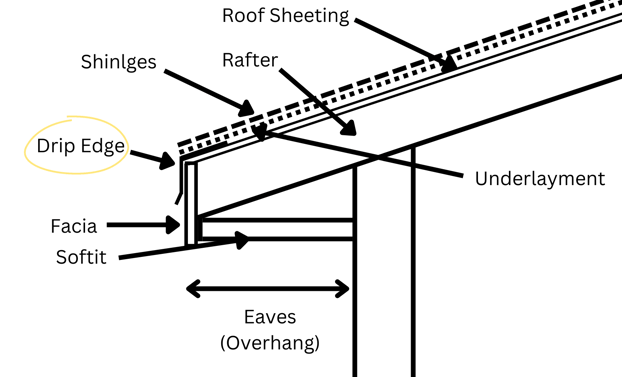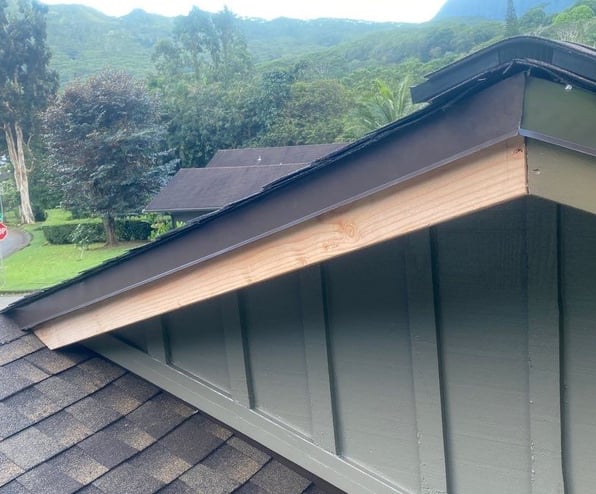Drip edge is a metal flashing that is installed along the edges of a roof to help prevent water from running behind the fascia and soffit. It also helps keep wind-driven rain away from the foundation walls.
Installing roof drip edge is an important part of the roofing process. It helps protect your home from water damage and foundation erosion by diverting rainwater away from the walls and fascia. Drip edge is a metal flashing that is installed along the edges of a roof to help prevent water from running behind the fascia and soffit, as well as keep wind-driven rain away from the foundation walls.

Drip edge comes in several shapes, sizes, and materials. The most common type of drip edge is galvanized steel, but there are also aluminum options available. It’s important to choose the right size for your specific needs; too small a size can lead to inadequate protection, while too large could interfere with other parts of your roofing system such as gutters or shingles.
In addition to choosing the right size for your particular home, it’s also important to properly install drip edge on all sides of your roof. A professional installer should be able to do this job correctly in order to ensure maximum protection against water damage and erosion. The installation process typically involves securing pieces at each corner using nails or screws before connecting them with one continuous piece along each side of the house.

Another benefit of installing drip edge is that it can enhance aesthetic appeal by making a finished look around eaves or gables on houses without overhangs. This added detail helps give any home an improved curb appeal while also providing extra protection against moisture penetration.
Conclusion: Installing proper drip edge on your home’s roof is essential for protecting it from potential water damage and foundation erosion due to wind-driven rainwater. Drip edges come in various shapes, sizes, and materials so you should make sure you pick an appropriate one for your particular needs before having it professionally installed by an experienced contractor who will secure pieces at each corner before connecting them together along each side of the house. Not only does this provide necessary protection but it can also add aesthetic value by enhancing its exterior appearance – making any house look more attractive overall!


